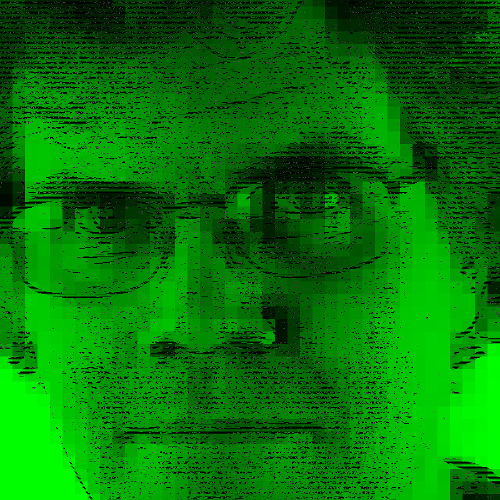In my head, an electrical company's control room looks like some Hollywood vision of NORAD: a map of the region with blinking red lights to indicate imminent-brownout warnings. But my head is wrong. Historically, a good-enough monitoring sytem for an electrical grid was a telephone: when customers from some neighborhood called up to complain that they'd lost power, you knew that neighborhood had a problem. That system worked pretty well for a long time. In the bad old days, things were more predictable.
In the bad old days, power use was more predictable second-to-second. That was good, because electricity moves really fast, and we don't have much good battery tech yet; thus, a big electrical company needs to provide just the right amount of power for all its customers second-to-second. Old-time refrigerators kept running all the time instead of just running their chillers occasionally. This used a lot more power—but that use meant that a typical household's power use was about constant (modulo a big step when the AC turned on/off).
In the bad old days, power production was predictable second-to-second. As long as you kept flinging coal into the burner, power came out at a steady rate. New-fangled wind and solar power plants are better for our health, but not so predictable, second-to-second. We don't control weather.
In the USA, things aren't modernizing so quickly. Some regions finally have smart meters, but plenty still don't. There's monitoring systems that can watch for power problems on lines—but they're new and have software that's new (and thus hasn't had all the bugs shaken out yet). The USA has brownouts and blackouts. I used to think my local utility, PG&E, was bad, and they are—but they're not atypically bad for the USA.
The economics and laws aren't so great for modern USA power companies. Reality isn't great for them, either. E.g., if my landladies put solar collectors on my apartment building's roof, that's good for a lot of people, but not for the power company. There's more clean power available; folks in the building could use that power even if the local utility has problems… but it's yet another bit of unpredictable power production on the grid with less money going to the power company. The book indirectly makes a good case for moving power companies out of private hands and over to government; the system that works best for the local economy overall might not make money itself.
